Hello! I’m Emily Morin, I’m writing these pantry organizing tips for my Mom. She’s had me clean and organize our pantry several times, so I know the how-to pretty well. Follow these quick pantry organizing ideas, and your shelves will be shining with glory in no time! And you’ll be able to find what you need quickly and easily with much less wasted food.
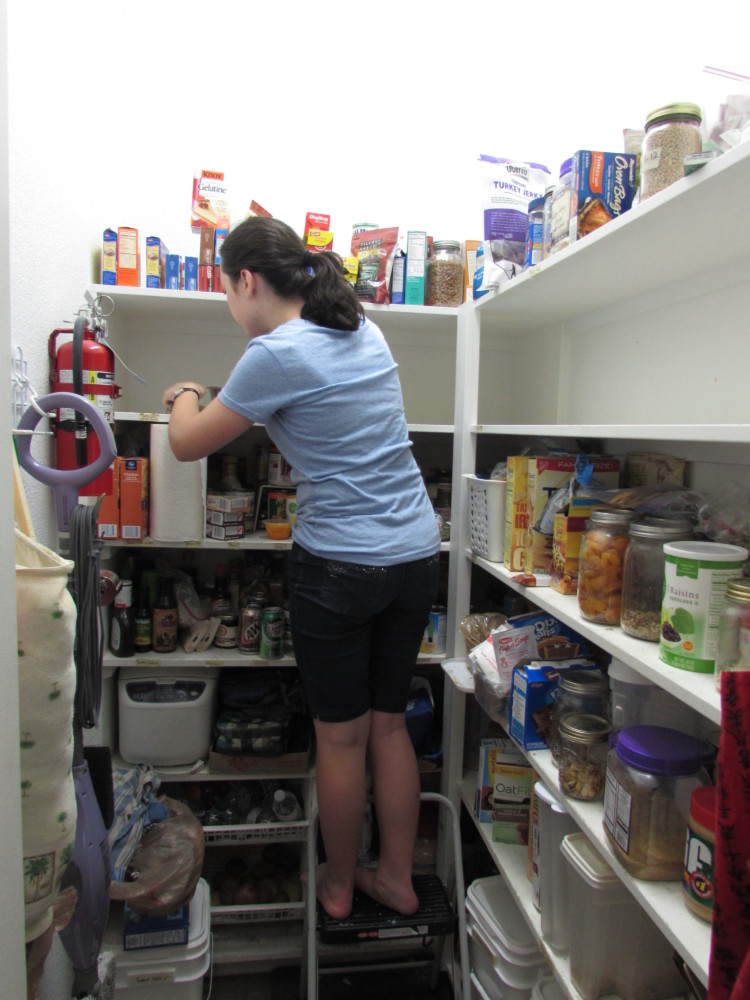
- Take all the food off the shelves one shelf at a time, starting with the top shelf.
- Check all the food for expiration dates and throw out the expired food. Place a trash can just outside the pantry door to make this easier.
- With a cotton cloth, wipe all crumbs and dust off the shelf.
- If there’s mildew on the shelf, use a 50-50 mixture of water and vinegar to wash it off.
- Dry the shelf completely.
- Label parts of the shelf with tape or a labeler if you have one, designating parts of the shelf for certain foods (e.g. pasta, soup, crackers, bulk). Put the label on the edge of the shelf so you can see it easily.
- On the top shelf, put the food or appliances you rarely use. Keep the frequently-used items at eye-level.
- Put the food back on the shelf which corresponds to the labels you just added. Make them organized, but you can be creative with the setup to make it look neater.
- Repeat all these steps for the rest of the shelves, going from the top down.
- After you finish all the shelves, sweep out the pantry and glory in the beautifully organized pantry you just finished!
I hope these quick pantry organizing ideas help you next time you purge and organize your pantry!
~ Emily Morin 🙂


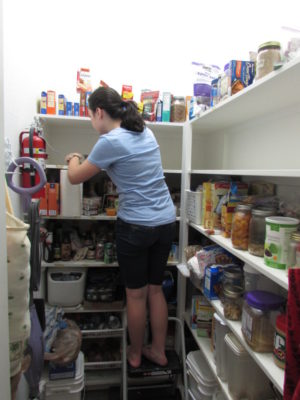
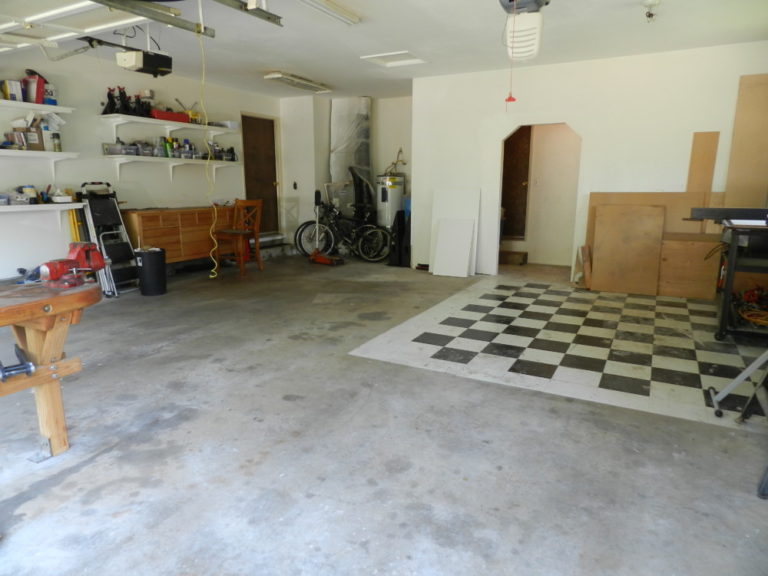

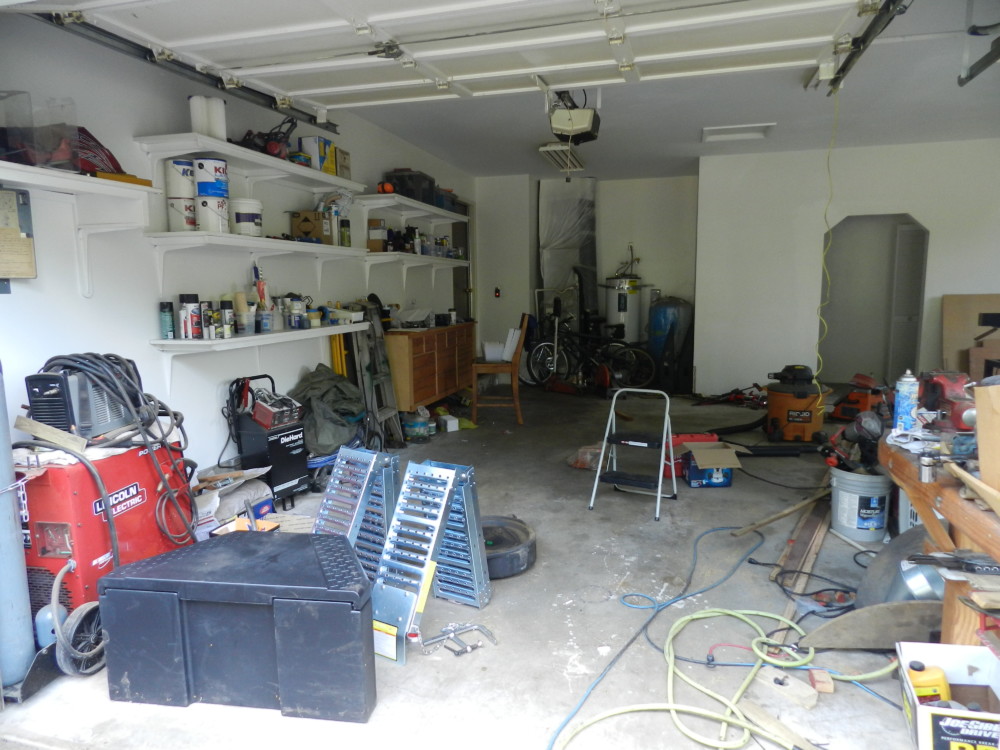
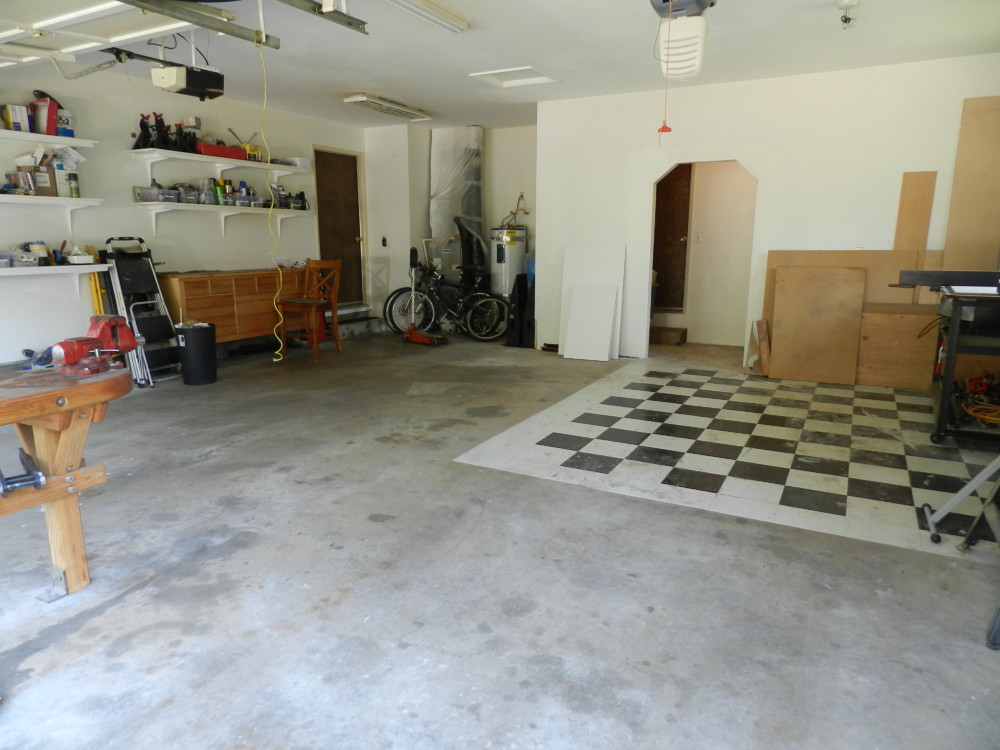

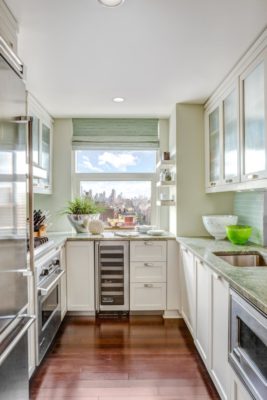
 Not a helper to chop veggies or a sous chef—I’m talking organizational help. Looking for kitchen ideas? You’re not alone. In the past couple weeks, several friends have mentioned their kitchen needs work. Well, that’s what I DO, so I’m here to help in the kitchen. Think about the issues in your kitchen. What piles up, and where? Are your cabinets crammed with precarious stacks of bowls, pots and pans, and airtight containers?
Not a helper to chop veggies or a sous chef—I’m talking organizational help. Looking for kitchen ideas? You’re not alone. In the past couple weeks, several friends have mentioned their kitchen needs work. Well, that’s what I DO, so I’m here to help in the kitchen. Think about the issues in your kitchen. What piles up, and where? Are your cabinets crammed with precarious stacks of bowls, pots and pans, and airtight containers?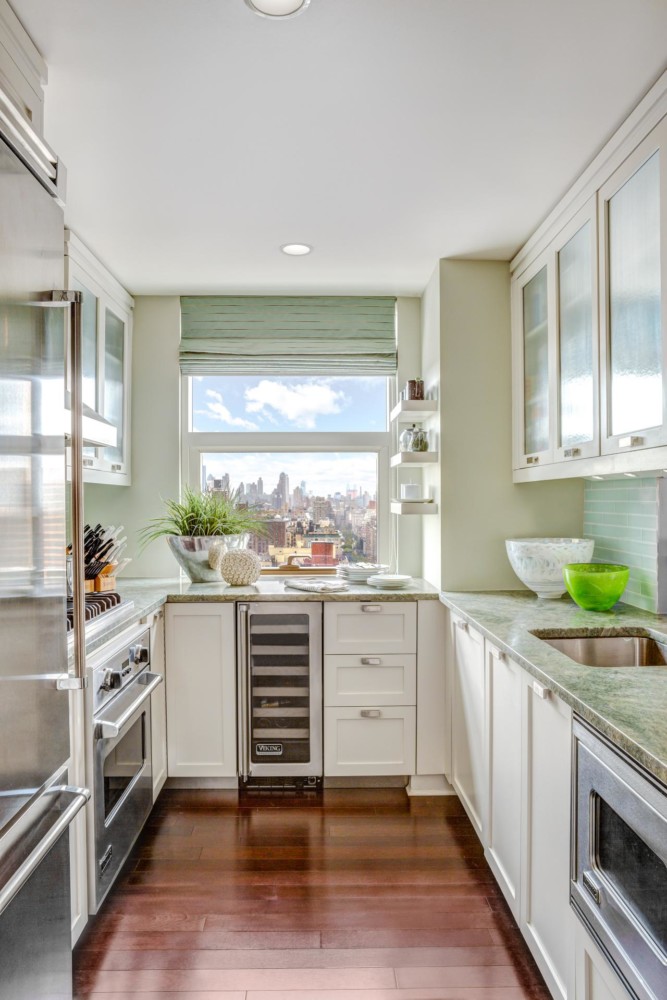 Many people have a small kitchen that doesn’t seem to have enough storage. Apartments, starter homes, and older homes tend to have small kitchens with woefully inadequate cabinet space. In my very first kitchen, I could barely open the oven without hitting our small table! At that time, I did not have many dishes or tools, so it wasn’t an issue.
Many people have a small kitchen that doesn’t seem to have enough storage. Apartments, starter homes, and older homes tend to have small kitchens with woefully inadequate cabinet space. In my very first kitchen, I could barely open the oven without hitting our small table! At that time, I did not have many dishes or tools, so it wasn’t an issue.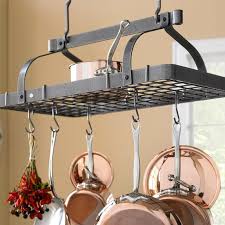 Sixth: A ceiling-mounted pot rack will hold a multitude of pots and pans!
Sixth: A ceiling-mounted pot rack will hold a multitude of pots and pans!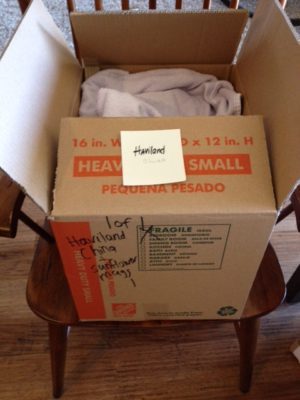

 thrift stores. So, once a year, I celebrate by having a little fun with the 12 days of Christmas poem. This new and improved 12 days has 12 tips to make your holiday prep less stressful!
thrift stores. So, once a year, I celebrate by having a little fun with the 12 days of Christmas poem. This new and improved 12 days has 12 tips to make your holiday prep less stressful! Tip: Take out one decoration that really inspires you. For me, a homemade advent calendar does the trick. Each pocket has 1 simple activity and a small ornament inside. Keep it simple, silly!
Tip: Take out one decoration that really inspires you. For me, a homemade advent calendar does the trick. Each pocket has 1 simple activity and a small ornament inside. Keep it simple, silly!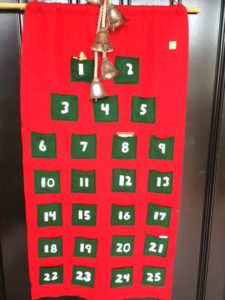 pre-lit ceramic tree.
pre-lit ceramic tree.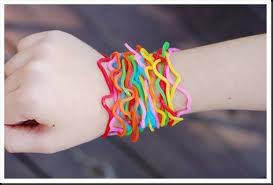 my client gave to me: 5 silly bands, 4 Rolodexes, 3 rubber chickens, 2 Kleenex boxes, and a pre-lit ceramic tree.
my client gave to me: 5 silly bands, 4 Rolodexes, 3 rubber chickens, 2 Kleenex boxes, and a pre-lit ceramic tree.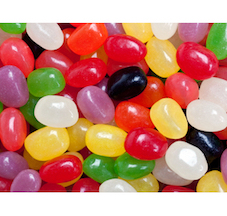 the 6th day of Christmas, my client gave to me:6 sticky jelly beans, 5 silly bands, 4 Rolodexes, 3 rubber chickens, 2 Kleenex boxes, and a pre-lit ceramic tree.
the 6th day of Christmas, my client gave to me:6 sticky jelly beans, 5 silly bands, 4 Rolodexes, 3 rubber chickens, 2 Kleenex boxes, and a pre-lit ceramic tree.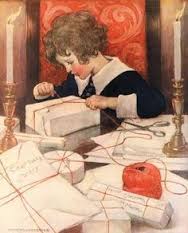 cushions! Just like everything else, make a plan for when to clean certain areas of the house. If you’re having guests one night, remember don’t spend too much time on the floors, they’re just going to get dirty again! Do a quick clean before and a thorough clean after!
cushions! Just like everything else, make a plan for when to clean certain areas of the house. If you’re having guests one night, remember don’t spend too much time on the floors, they’re just going to get dirty again! Do a quick clean before and a thorough clean after! he 8th day of Christmas, my client gave to me: 8 singing fish, 7 gift bags, 6 sticky jelly beans, 5 silly bands, 4 Rolodexes, 3 rubber chickens, 2 Kleenex boxes, and a pre-lit ceramic tree.
he 8th day of Christmas, my client gave to me: 8 singing fish, 7 gift bags, 6 sticky jelly beans, 5 silly bands, 4 Rolodexes, 3 rubber chickens, 2 Kleenex boxes, and a pre-lit ceramic tree.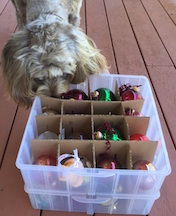 wrap or brown packing paper to keep them safe (newsprint may rub off on ornaments). Or make your life even easier by investing in a nifty bulb storage container. Craft or home stores carry these.
wrap or brown packing paper to keep them safe (newsprint may rub off on ornaments). Or make your life even easier by investing in a nifty bulb storage container. Craft or home stores carry these. on’t forget to make it fun—play music and movies! While you are wrapping or decorating, crank up the Christmas carols or The Messiah by the Tabernacle Choir at Temple Square! A great way to store your holiday CD’s is a simple shoe box with a label. You can even store them with your Christmas decorations to save on shelf space during the year. (As long as the temperature doesn’t rise above 90 degrees in your storage area.)
on’t forget to make it fun—play music and movies! While you are wrapping or decorating, crank up the Christmas carols or The Messiah by the Tabernacle Choir at Temple Square! A great way to store your holiday CD’s is a simple shoe box with a label. You can even store them with your Christmas decorations to save on shelf space during the year. (As long as the temperature doesn’t rise above 90 degrees in your storage area.)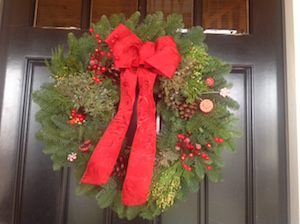

 Spaces
Spaces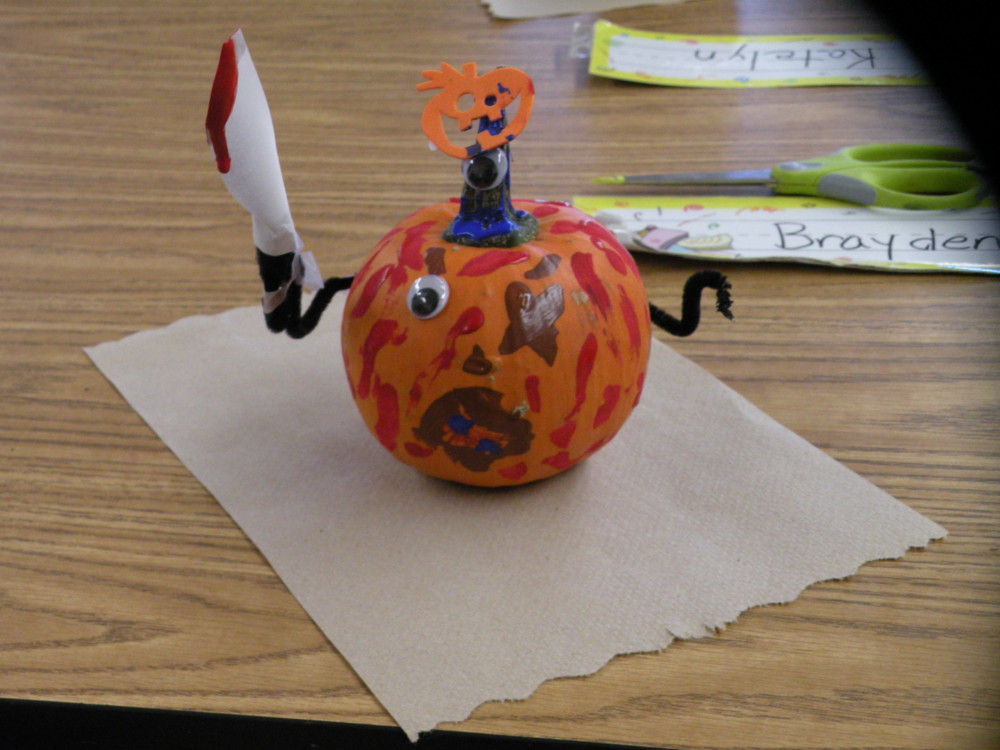 ommates. Once you’ve created a home for everything, take a labeler or some sticky tape and a marker, then go label happy! It doesn’t have to be a beautiful, perfect labeling system like you see on Pinterest, as long as you can read it, that’s all you need.
ommates. Once you’ve created a home for everything, take a labeler or some sticky tape and a marker, then go label happy! It doesn’t have to be a beautiful, perfect labeling system like you see on Pinterest, as long as you can read it, that’s all you need.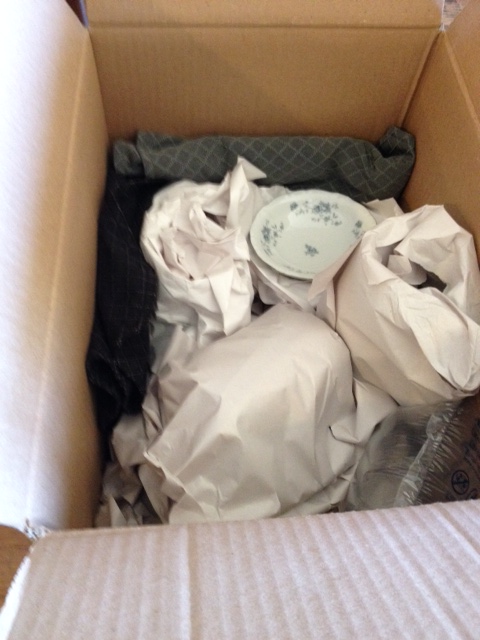
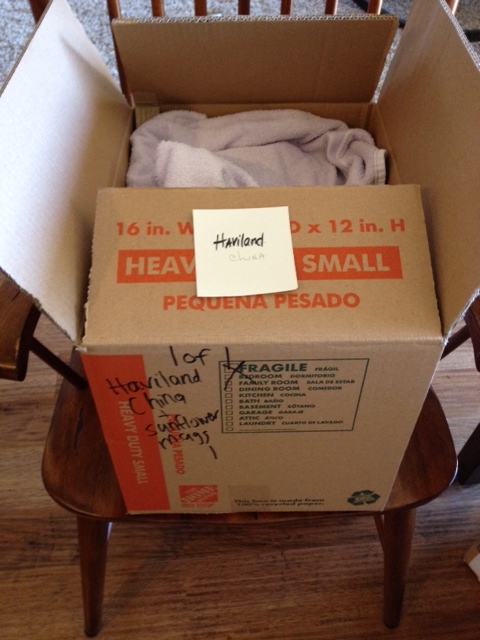

 They might whine and complain for the first few minutes, but if you are willing to spend the time with children to train them, to show them how to clean or stack wood, they will come to enjoy it. When the kids are young, they want to be like Mommy and Daddy. They see us doing dishes or using the vacuum, and they want to try it. Let them! Show them how to do simple jobs when their interest is piqued.
They might whine and complain for the first few minutes, but if you are willing to spend the time with children to train them, to show them how to clean or stack wood, they will come to enjoy it. When the kids are young, they want to be like Mommy and Daddy. They see us doing dishes or using the vacuum, and they want to try it. Let them! Show them how to do simple jobs when their interest is piqued.

